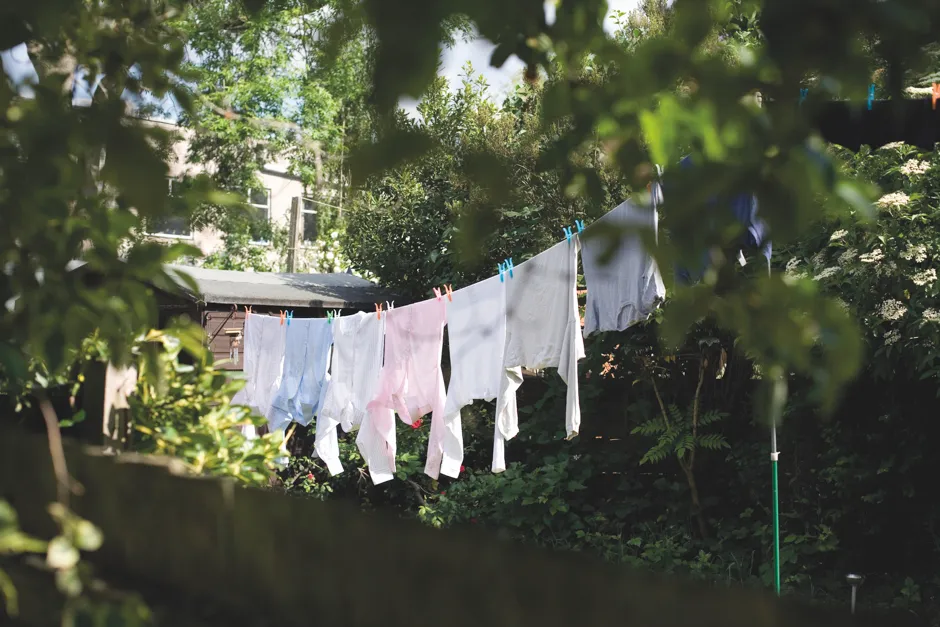As spring blossoms into full swing and the promise of summer looms on the horizon, it's time to bid farewell to winter's chill and embrace the warmth of the season.
With rising temperatures, our reliance on electricity increases, putting a strain on the environment. Did you know that air conditioning alone can account for one-third of Ontario's electricity consumption during the summer?
Jump start your summer energy savings
Beat the heat and save money with the new Save on Energy CoolSaver Program. Get up to $330 in instant discounts on cooling upgrades like air conditioner tune-ups, central AC replacements, smart thermostats, and variable-speed pool pumps. Homeowners and tenants are eligible to apply. Complete the online form or call 1-855-210-4001.
Now, let’s get to those tips to beat the heat and stay comfortable, all the while reducing your energy footprint.
Care for your cooling system
Keep your air conditioning unit running smoothly by performing regular maintenance tasks.
- Before the summer arrives, make sure you clean your outdoor air conditioning unit. Dust, debris, and pollen accumulate in the unit throughout the year.
- Clear obstructions from air vents for efficient airflow throughout your home. Blocked vents reduce airflow and can decrease heating and cooling system efficiency by up to 40 per cent.
- Have a licensed HVAC (heating, ventilation, air conditioning) professional inspect and service your furnace once each year to ensure it’s operating at maximum efficiency. A clogged filter hampers a furnace’s performance and can lower the air quality in your home.
Harness nature’s chill
- Take advantage of cool breezes and natural ventilation. Open windows and doors in the early morning and evening hours to allow fresh air to circulate throughout your home, reducing the need for air conditioning.
- Consider planting leafy trees on the south side of your home and evergreen trees on the north side to provide shade in the summer.
- You can also save energy by using a clothing rack or clothesline instead of a dryer and invest in solar powered LEDs for outdoor lighting.

Keep your cool
Drafts coming from windows and doors can waste a significant amount of energy. Older homes and buildings often lack proper insulation or have single-pane windows, making them unbearably hot in the summer.
- Take the time to identify and seal any air leaks using caulking and/or weatherstripping to create an additional barrier against heat infiltration.
- Insulate your attic - it could reduce your annual energy usage and costs by 20 to 60 per cent.
- Utilize window coverings to ward off the sun's heat by closing curtains or blinds during the day on windows that receive direct sunlight. Choose curtains with insulating features or a reflective backing for optimal effectiveness.
Chill out on thermostat settings
Make sure your thermostat is set to the most energy-efficient temperature settings.
- Get ahead of the heat by pre-cooling your home. Lower your thermostat a few degrees before the peak temperature hits to reduce the need for air conditioning during the higher on-peak rate period.
- If you’re away during the day, set your thermostat two to three degrees higher, and lower it to a comfortable level when you’re back.
- Install a programmable or smart thermostat to automate temperature adjustments and maximize energy savings.
Pair your energy usage with the rate plan that’s right for you
Whether it’s time-of-use (TOU), ultra-low overnight (ULO) or tiered rates, all three rate plans are designed to benefit both customers and utilities by reducing energy consumption, costs, and the need for new infrastructure. For a breakdown of these plans and their time periods in easy-to-read charts, visit our rate selection page.
- Under the time-of-use (TOU) pricing, you pay a different rate for electricity depending on the time of day and day of the week you consume it. Time-of-use has three periods: on-peak (when energy demand and cost is high), mid-peak (when energy demand and cost is moderate) and off-peak (when energy demand and cost is low). Time-of-use periods (hours) are different in the summer than they are in the winter.
- Similar to time-of-use (TOU) pricing, ultra-low overnight (ULO) pricing depends on the time of day and day of the week that you use electricity. The difference with ULO is that there’s a 68 per cent lower overnight rate (compared to TOU off-peak) offered every day between 11 p.m. and 7 a.m., and a 57 per cent higher on-peak rate between 4 p.m. and 9 p.m. (compared to TOU on-peak hours) on weekdays.
- Under tiered rates, customers pay based on how much electricity they use overall in a monthly billing period. With tiered pricing, customers have a threshold amount of electricity at a lower price. Summer thresholds for residential customers are 600 kWh/month and 750 kWh/month for small businesses. Once electricity usage exceeds those thresholds, the higher tiered rate applies.

For additional tips to help make your home more energy efficient, visit our tips and tools webpage.